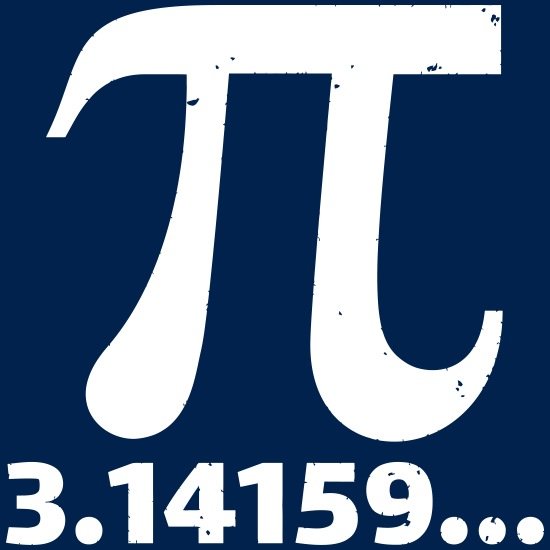Pi, denoted by the Greek letter π, is a mathematical constant that has been a cornerstone of geometry and mathematics for centuries. It is an irrational number that represents the ratio of a circle’s circumference to its diameter, approximately equal to 3.14159. However, this seemingly simple number holds a profound and intricate story that has captivated mathematicians, scientists, and philosophers for millennia.
History of Pi
The discovery of Pi can be traced back to ancient civilizations, with evidence of its calculation found in ancient Babylonian, Egyptian, and Greek texts. The earliest known approximation of Pi was found on an ancient Babylonian tablet, dating back to around 1900-1600 BCE. The tablet showed a calculation of Pi as 3.125, a relatively crude estimate compared to modern standards.
In ancient Greece, mathematicians such as Archimedes and Euclid made significant contributions to the calculation of Pi. Archimedes approximated Pi as 223/71 = 3.1408, while Euclid’s “Elements” described a method for calculating Pi using the Pythagorean theorem.
The Symbol π
The Greek letter π was introduced by Scottish mathematician William Jones in 1706, and later popularized by Leonhard Euler in the 18th century. The symbol π was chosen to represent the ratio of a circle’s circumference to its diameter, as it is the first letter of the Greek word “perimetros,” meaning circumference.
Properties of Pi
Pi is an irrational number, meaning it cannot be expressed as a finite decimal or fraction. Its digits appear to be random and never-ending, with no repeating pattern. Pi is also a transcendental number, meaning it is not the root of any polynomial equation with rational coefficients.
Calculation of Pi
The calculation of Pi has been a subject of interest for centuries, with various methods developed to approximate its value. Some of the most common methods include:
-
Archimedes’ method: Using the Pythagorean theorem to calculate Pi by inscribing and circumscribing polygons around a circle.
-
Gauss-Legendre algorithm: A method developed in the 18th century that uses a combination of arithmetic and geometric means to calculate Pi.
-
Chudnovsky algorithm: A series of mathematical formulas developed in the 20th century that use a combination of modular arithmetic and elliptic functions to calculate Pi.
Modern calculations of Pi have reached over 31.4 trillion digits, making it one of the most precisely calculated mathematical constants in history.
Applications of Pi
Pi has numerous applications in various fields, including:
-
Geometry and Trigonometry: Pi is used to calculate the area and circumference of circles, as well as the volumes of spheres, cylinders, and cones.
-
Engineering: Pi is used in the design of circular structures, such as bridges, tunnels, and pipes.
-
Physics: Pi appears in many physical laws, such as Einstein’s theory of general relativity and the laws of thermodynamics.
-
Computer Science: Pi is used in algorithms for computer graphics, game development, and scientific simulations.
Cultural Significance of Pi
Pi has become a cultural phenomenon, with many celebrating March 14 (3/14) as Pi Day. Pi has also appeared in literature, music, and art, symbolizing the beauty and complexity of mathematics.
Conclusion
Pi is more than just a mathematical constant;(3.14159 ) it represents the infinite and the intricate nature of mathematics. Its story is a testament to human curiosity and the pursuit of knowledge, with contributions from mathematicians and scientists across centuries. As we continue to calculate Pi to ever-increasing precision, we are reminded of the beauty and complexity of the world around us.

